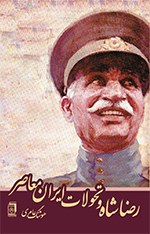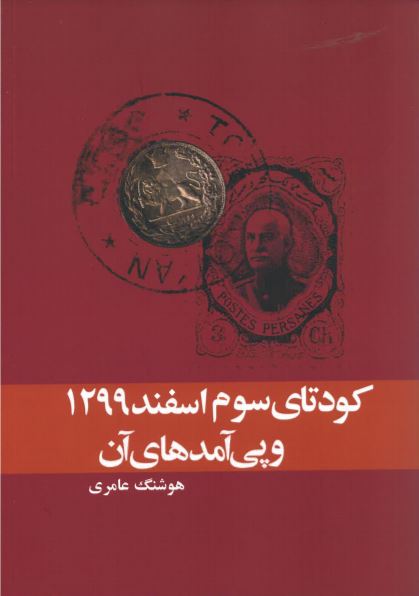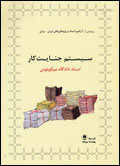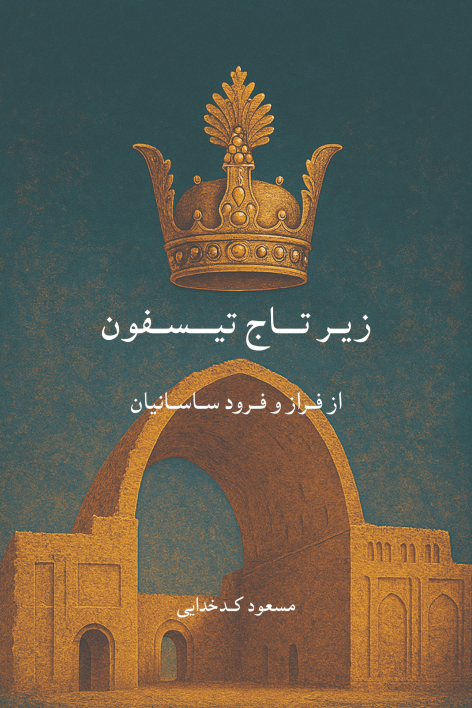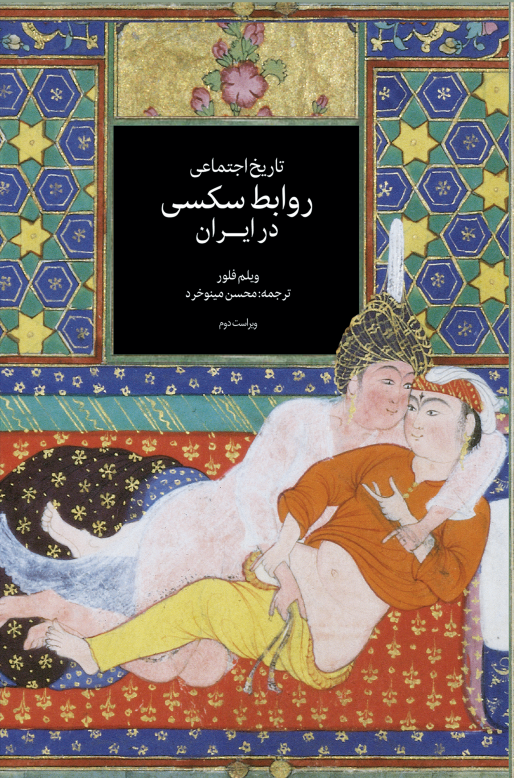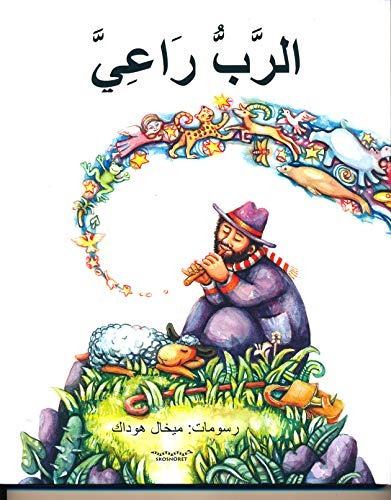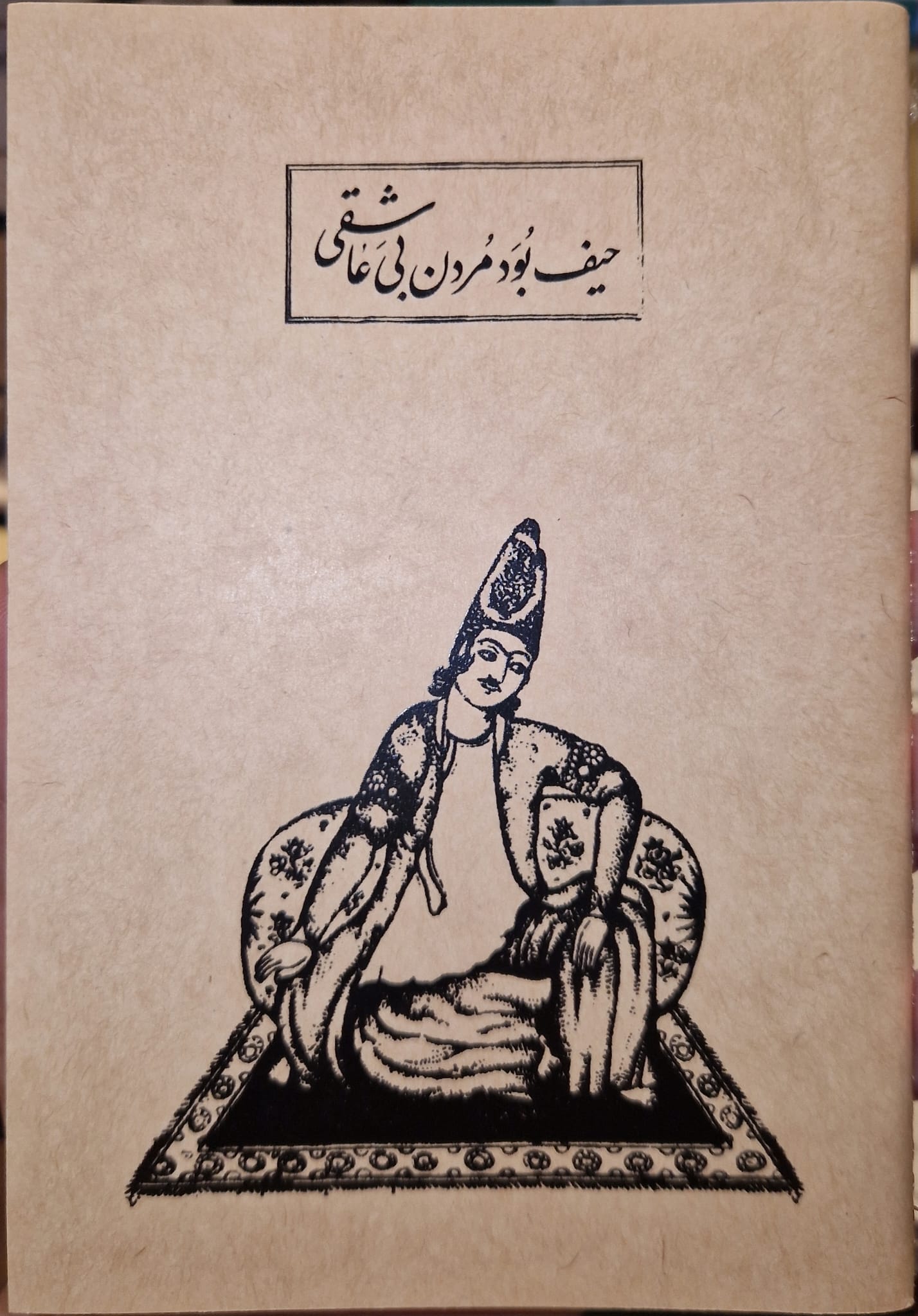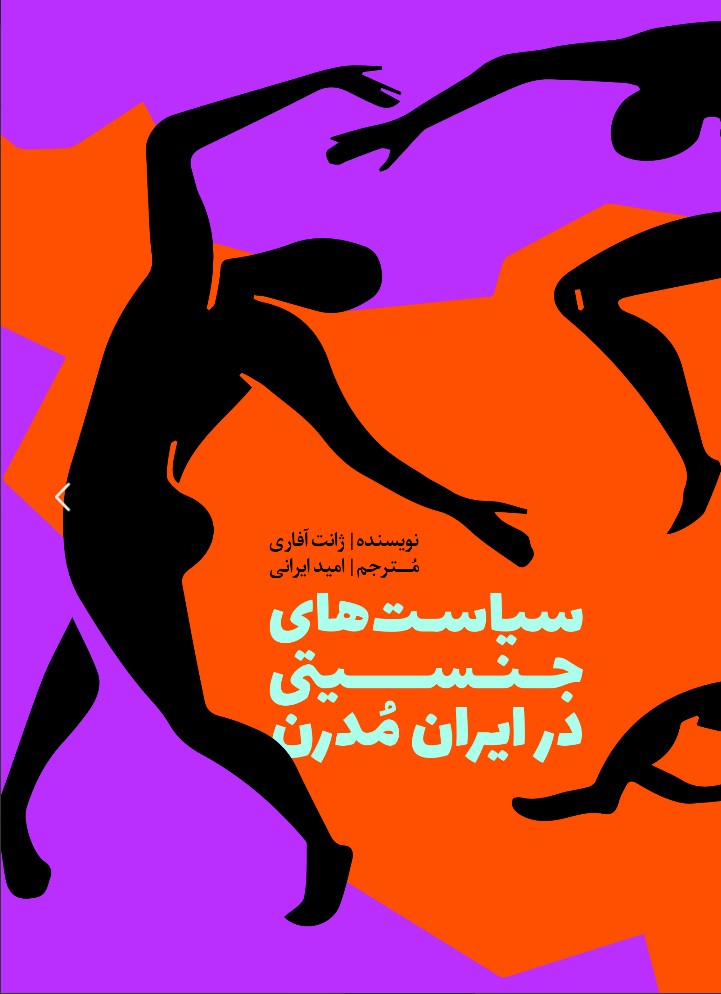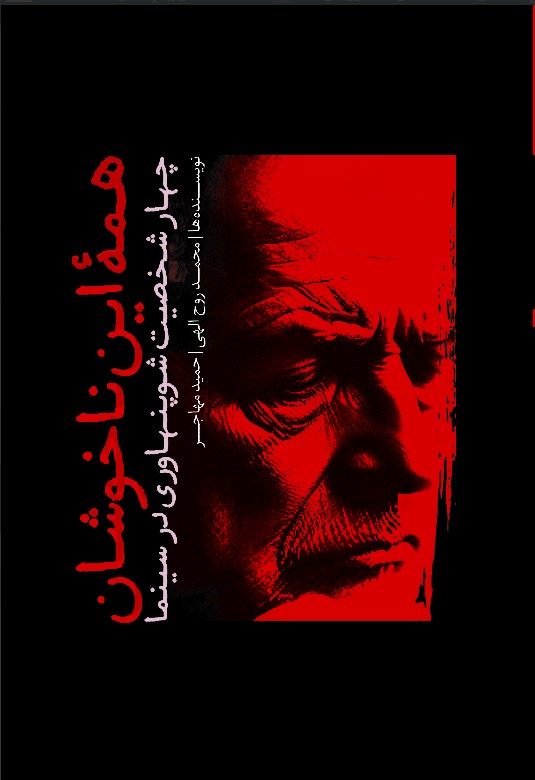Riz̤ā Shāh va taḥavvulāt-i Īrān-i muʻāṣir: Persiska (Farsi) 2014
رضاشاه و تحولات ایران معاصر
24,45 €
Dela
Wishlist
ISBN:
9789187359026
Förlag:
Ferdosi Publications
Åldersgrupp:
Vuxen
Sidor:
464
Vikt:
900 g
Produktmått:
18 x 25 x 3
,
25 cm
Bokomslag:
Inbunden
British attempts to make Iran a semi-protectorate by proposing a treaty in 1919 were stoutly resisted by a proto-nationalist movement. This reaction against foreign domination was another one of Persia\'s nationalist sentiments—sentiments which often presaged similar movements in other Middle Eastern countries.
One by-product of the 1919 nationalist movement was the 1921 coup led by Reza Khan, a commander of the Iranian Cossack Brigade. Reza Khan, a man of imposing presence and extremely strong personality, consolidated his power and avidly sought to reform and modernize his country.
An impressive reformer and nation-builder, Reza Shah developed a national army, established internal order, lessened foreign influence, instituted educational reforms, laid the foundations for a modem economy, constructed a modem communications network, lashed out at symbols of tradition and supported such symbolic measures as the unveiling of women. He also developed a series of reforms to lessen the influence of the clergy and increase his own power.
A fervent nationalist and an extraordinary modernizer who succeeded in establishing Iran as a modern nation, Reza Shah was also an autocrat who controlled the political process completely. However, although he kept absolute power in his own hands, he chose to continue the system of patrimonial monarchy while maintaining parliamentary forms and procedures.
By the time he abdicated in 1941, Reza Shah had acquired in his own name the largest landholdings in Iran. His rule had become more repressive and absolute, and he disposed of all those suspected of having ties to foreign countries or whomever he thought disloyal to the country or a threat to himself or to his son.
He has turned out to have been the most influential personality in modern Iranian history—or the leader with the most impact on the country at least since Nader Shah.
One by-product of the 1919 nationalist movement was the 1921 coup led by Reza Khan, a commander of the Iranian Cossack Brigade. Reza Khan, a man of imposing presence and extremely strong personality, consolidated his power and avidly sought to reform and modernize his country.
An impressive reformer and nation-builder, Reza Shah developed a national army, established internal order, lessened foreign influence, instituted educational reforms, laid the foundations for a modem economy, constructed a modem communications network, lashed out at symbols of tradition and supported such symbolic measures as the unveiling of women. He also developed a series of reforms to lessen the influence of the clergy and increase his own power.
A fervent nationalist and an extraordinary modernizer who succeeded in establishing Iran as a modern nation, Reza Shah was also an autocrat who controlled the political process completely. However, although he kept absolute power in his own hands, he chose to continue the system of patrimonial monarchy while maintaining parliamentary forms and procedures.
By the time he abdicated in 1941, Reza Shah had acquired in his own name the largest landholdings in Iran. His rule had become more repressive and absolute, and he disposed of all those suspected of having ties to foreign countries or whomever he thought disloyal to the country or a threat to himself or to his son.
He has turned out to have been the most influential personality in modern Iranian history—or the leader with the most impact on the country at least since Nader Shah.
more
در تاریخ معاصر ایران، بیست سال فرمانروایی رضاشاه سزاوار نگرشی واقعبینانه است. چهبسا بیخبری از این دورهی پرتنش و سرنوشتساز ایران بسیاری را گمراه کرده است. درک درست و واقعبینانه از آن سالها مستلزم این است که شخصیت رضاخان و خویوخصال و اخلاق او نیز شناخته شود؛ و زمینههای تاریخی و سیاسی به قدرت رسیدن رضاخان نیز بررسی شود. اما قضاوت دربارهی شخصیت و اخلاق آمرانهی رضاشاه به سادگی میسر نیست و باید دید این اخلاق آمرانه تا چه حد در پیشبرد اهداف رضاخان، یعنی پیشرفت و یکپارچگی ایران، کمک کرده و تا چه اندازه موجب انحطاط شده است.
در کنار شناخت شخصیت رضاخان باید شناختی درست از دیگر رجال سیاسی همدورهی او نیز داشت، تا بتوان به قضاوتی واقعبینانهتر رهنمون شد. به همین منظور نویسنده به معرفی دیگر رجال سیاسی همدورهی رضاخان و زمینههای زوال سلسلهی قاجار و ظهور دورهی پهلوی نیز میپردازد و زمینههای سیاسی و اجتماعی بیست سال حکومت مقتدارنهی رضاخان را بررسی میکند. نویسنده در بخشهایی از کتاب نظر برخی از مورخان را دربارهی به قدرت رسیدن رضاشاه نقد و بررسی میکند و این نظر را که رضاشاه بهوسیلهی انگلیسیها به قدرت رسید، مردود میداند و ضمن ارائهی اسنادی معتقد است که انگلیسیها در به قدرت رسیدن رضاخان نقشی نداشتند و تحولات سیاسی و اجتماعی آن دوران ایران زمینههای ظهور یک زمامدار قدرتمند و با اقتدار را اقتضا میکرد.
نویسنده با این رویکرد، نگاهی متفاوت به رضاشاه و دورهی زمامداری او دارد و برای بررسی این دوره از تاریخ معاصر ایران، با نگاهی خاص به رضاخان و کارکردهایش برای تشکیل ایرانی یکپارچه و مدرنیزه شدن کشور میپردازد؛ و برای رسیدن به نگاهی روشن و واقعبینانه به این دورهی تاریخی، اسناد بسیاری را بررسی میکند و در بخش ضمائم کتاب نیز میآورد و به بررسی تحولات آخرین سالهای دورهی قاجار، نهضت مشروطیت و سقوط قاجاریه و به قدرت رسیدن رضاخان، زمامداری و سرانجام به سقوطش میپردازد. کتاب رضاشاه و تحولات ایران معاصر در برگیرندهی هفت بخش اصلی و بخشهای فرعیتر است. بخشهایِ مختلف کتاب عبارتند از «آخرین سالهای سلسلهی قاجار»؛ «کوششها و نهادها برای ترویج اندیشههای مترقی»؛ «برآمدن رضاخان و سلطنت رضاشاه»؛ «برخی از نخبگان دورهی رضاشاه»؛ «تحولات دوران رضاشاه»؛ «دوران جنگ جهانی دوم و اشغال ایران» و «رویداد سوم شهریور و پیامدهای آن»؛ «روزشمار تاریخ معاصر ایران» و «ضمائم» که دربرگیرندهی تعدادی سند تاریخی است.
در کنار شناخت شخصیت رضاخان باید شناختی درست از دیگر رجال سیاسی همدورهی او نیز داشت، تا بتوان به قضاوتی واقعبینانهتر رهنمون شد. به همین منظور نویسنده به معرفی دیگر رجال سیاسی همدورهی رضاخان و زمینههای زوال سلسلهی قاجار و ظهور دورهی پهلوی نیز میپردازد و زمینههای سیاسی و اجتماعی بیست سال حکومت مقتدارنهی رضاخان را بررسی میکند. نویسنده در بخشهایی از کتاب نظر برخی از مورخان را دربارهی به قدرت رسیدن رضاشاه نقد و بررسی میکند و این نظر را که رضاشاه بهوسیلهی انگلیسیها به قدرت رسید، مردود میداند و ضمن ارائهی اسنادی معتقد است که انگلیسیها در به قدرت رسیدن رضاخان نقشی نداشتند و تحولات سیاسی و اجتماعی آن دوران ایران زمینههای ظهور یک زمامدار قدرتمند و با اقتدار را اقتضا میکرد.
نویسنده با این رویکرد، نگاهی متفاوت به رضاشاه و دورهی زمامداری او دارد و برای بررسی این دوره از تاریخ معاصر ایران، با نگاهی خاص به رضاخان و کارکردهایش برای تشکیل ایرانی یکپارچه و مدرنیزه شدن کشور میپردازد؛ و برای رسیدن به نگاهی روشن و واقعبینانه به این دورهی تاریخی، اسناد بسیاری را بررسی میکند و در بخش ضمائم کتاب نیز میآورد و به بررسی تحولات آخرین سالهای دورهی قاجار، نهضت مشروطیت و سقوط قاجاریه و به قدرت رسیدن رضاخان، زمامداری و سرانجام به سقوطش میپردازد. کتاب رضاشاه و تحولات ایران معاصر در برگیرندهی هفت بخش اصلی و بخشهای فرعیتر است. بخشهایِ مختلف کتاب عبارتند از «آخرین سالهای سلسلهی قاجار»؛ «کوششها و نهادها برای ترویج اندیشههای مترقی»؛ «برآمدن رضاخان و سلطنت رضاشاه»؛ «برخی از نخبگان دورهی رضاشاه»؛ «تحولات دوران رضاشاه»؛ «دوران جنگ جهانی دوم و اشغال ایران» و «رویداد سوم شهریور و پیامدهای آن»؛ «روزشمار تاریخ معاصر ایران» و «ضمائم» که دربرگیرندهی تعدادی سند تاریخی است.
more

